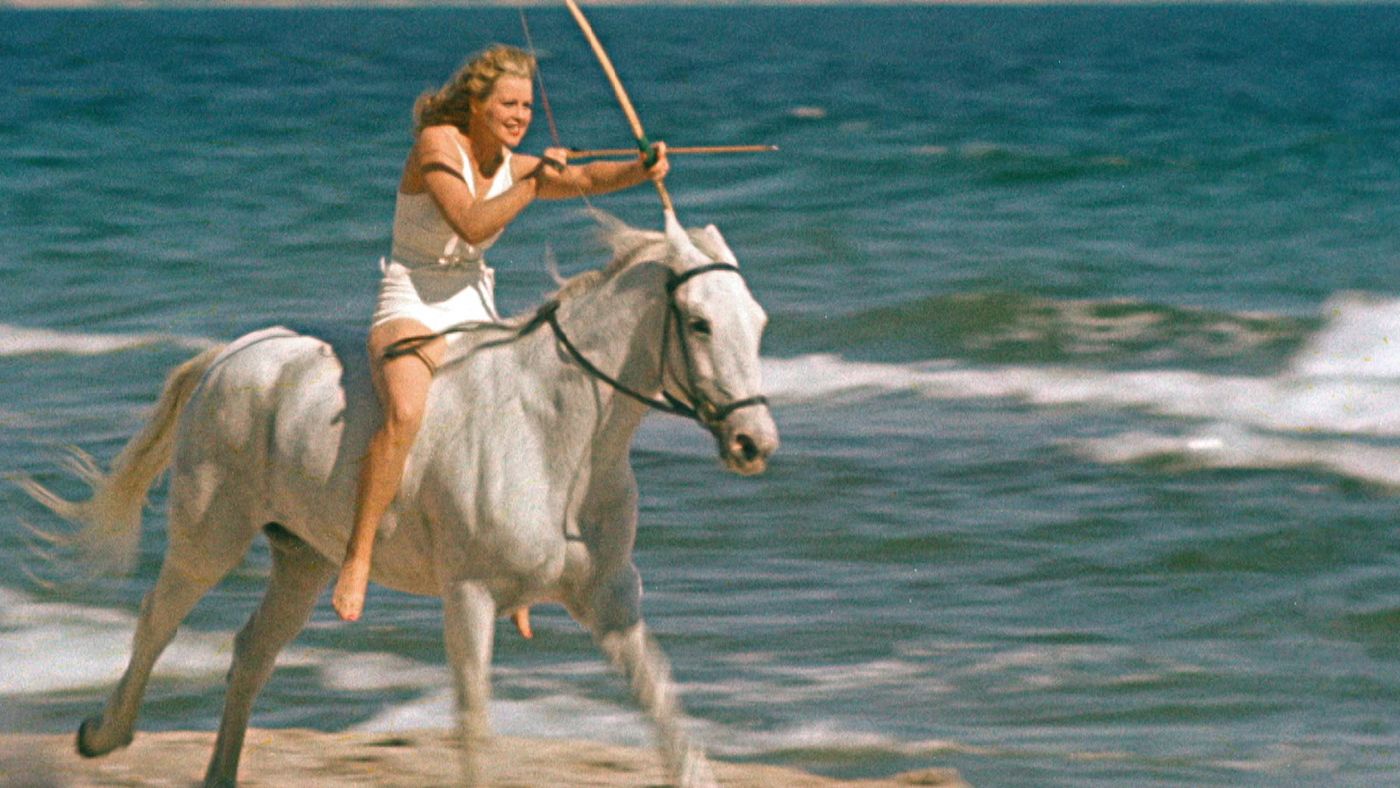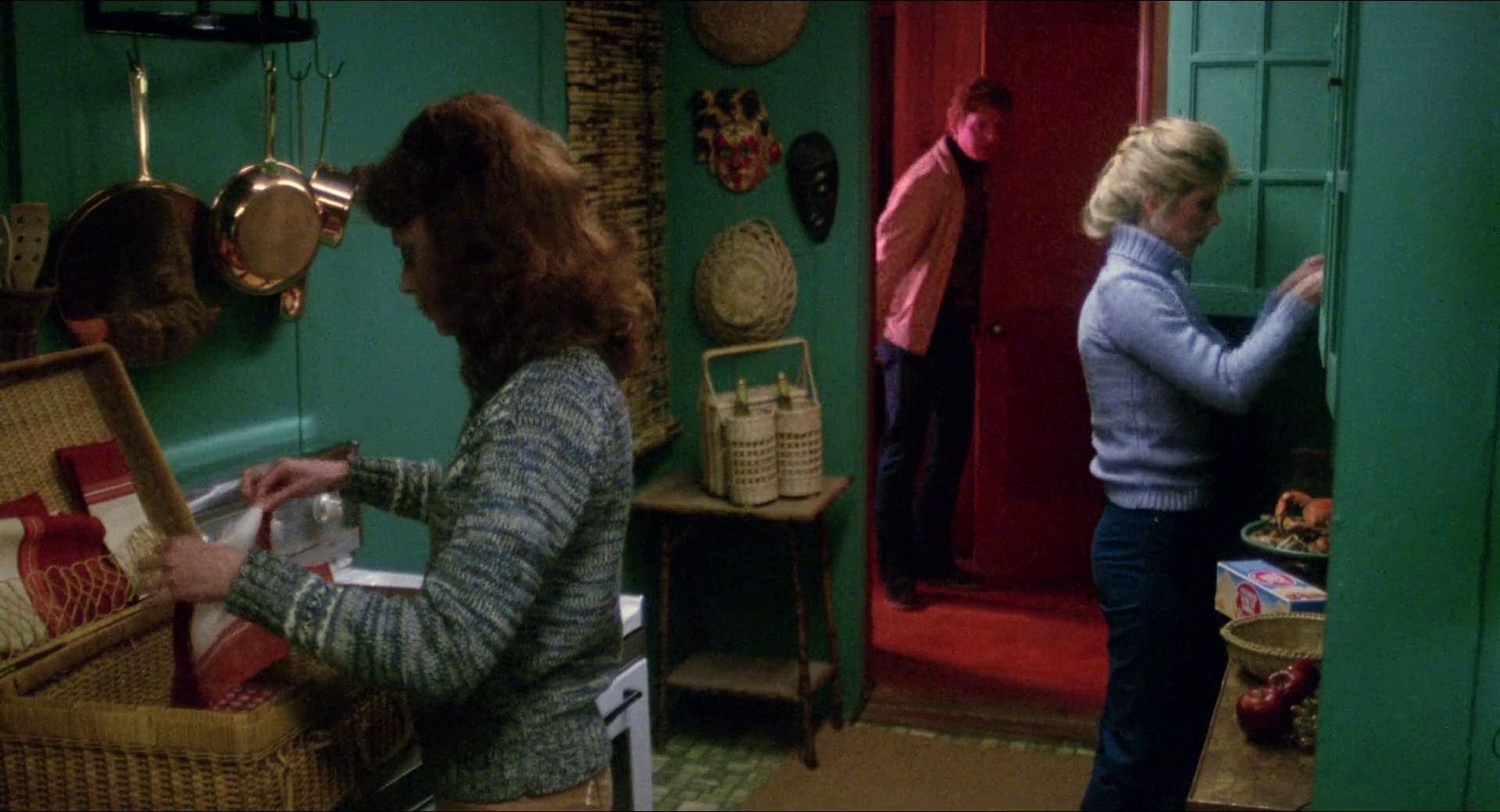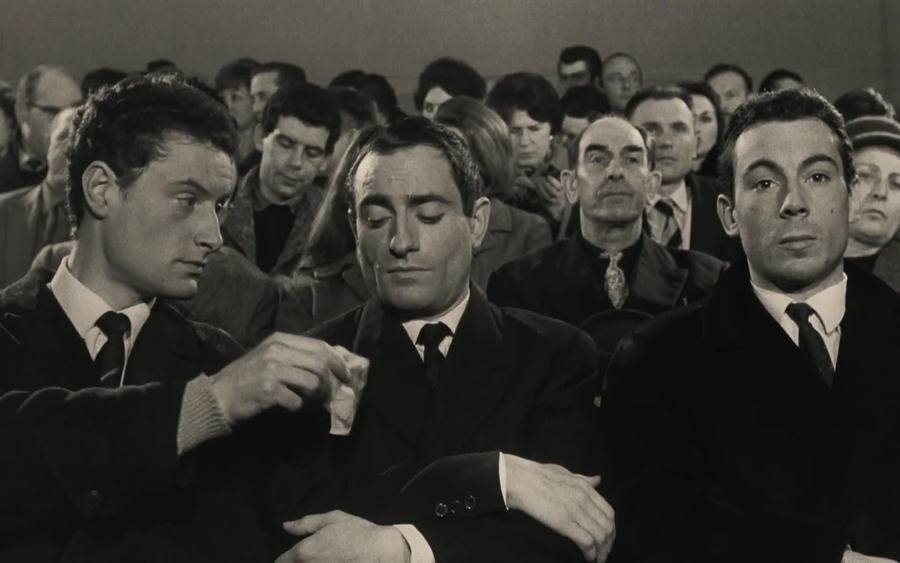A few highlights from our movie-watching week.
As Long As You’ve Got Your Health (1966)
Pierre Etaix was nearly left out of cinema history, thanks to a long-ago disastrous contract dispute, but has steadily clawed his way back from the margins — with some help from Criterion, not to mention the legions of fans and admirers who petitioned to end the decades of legal wrangling over his films’ distribution.
It’s been a strange journey for “the French Buster Keaton“. An old-school clown with a deep love for American silents, Etaix was called a “genius” by none other than Jerry Lewis (is there a greater compliment for a French comedian?), who would go on to cast him in the infamously unseen The Day The Clown Cried. He was the gag-man on Jacques Tati’s Mon Oncle, deployed his sleight-of-hand talents in Bresson‘s Pickpocket, and found his feature Yoyo on Godard‘s best-of list for 1965. And then his films went unseen for years.
As Long As You’ve Got Your Health is a collection of four loosely-connected shorts, each depicting various social madnesses of the era. There’s a spot-on spoof of classic horror tropes, as a man’s sleeping wife keeps intruding on the visions his book about vampires induces. The cinema itself is sent up in a series of inspired gags as a hapless, overly accommodating Keaton-type tries and repeatedly fails to find a decent place to sit at the movies. Consumer society is tackled (and the fourth-wall repeatedly broken) as an alarmingly cheerful family shills for products like hair oil that also tastes good on breakfast cereal and invisible glasses. Post-work stampedes reorganize bus-stops and destroy cars, while a stressed-out psychiatrist prescribes everyone relaxation. A bourgeois picnic in the country goes disastrously awry.
There can be an exhausting relentlessness to Etaix’s human cartoons and rapid-fire gags, but he can also build in space to let the jokes build and, for someone so clearly comfortable with silence, make extraordinary use of sound. The gentler, sillier, less furious Tati will always be my personal favorite in this mode, but we’re extremely lucky to have Etaix. (Rick)
The Black Power Mixtape 1967-1975
 I feel a little dumb for having taken so long to finally watch this.
I feel a little dumb for having taken so long to finally watch this.
While I’m still a little unclear about why this particular trove of footage is so important — the Swedish reporters disappear for long stretches, and during the Angela Davis interview seem actively … kind of dumb, honestly — it is still an incredible summary of a period.
For me now, as someone connected to a historically pacifist church denomination, it drove home how both the reformer/pacifist and the militant/revolutionary plans for ending inequality see each other as deeply naïve.
The militant believe the pacifists are naïve for believing the system will allow itself to be changed from the inside, and the pacifists believe the militant are naïve for believing the system will allow itself to be defeated by righteous violence. (Liz)
Hitler’s Hollywood (2017)
 Hitler’s Hollywood is more or less a companion piece to director Rüdiger Suchsland’s 2014 From Caligari To Hitler: German Cinema In The Age Of The Masses. The earlier film, drawing on Siegfried Kracauer, argued that the rise of the Third Reich was presaged, even already present, in Weimar’s images — that “cinema knows something we don’t”.
Hitler’s Hollywood is more or less a companion piece to director Rüdiger Suchsland’s 2014 From Caligari To Hitler: German Cinema In The Age Of The Masses. The earlier film, drawing on Siegfried Kracauer, argued that the rise of the Third Reich was presaged, even already present, in Weimar’s images — that “cinema knows something we don’t”.
Hitler’s Hollywood mines the archives to clarify and expound on this idea, with examples spanning 1933 to the Reich’s collapse in 1945 that chart Nazi ideology and German popular psychology through the period’s little-seen films.
The excerpts from those films are the most fascinating, and somewhat frustrating, aspect Hitler’s Hollywood. Fascinating, because they really do reflect currents of popular thought and feeling, intermingled as they are with pure propaganda, private attempts at art, virulent social death-fixations, and movie-house escapism, even (or especially) under the most grotesque conditions. Frustrating, because Suchsland provides so many that it’s impossible to keep up, at least if you aren’t taking notes like there’s an exam tomorrow.
His whole Kracauerian thesis isn’t entirely compelling, shifting uncomfortably between a totalizingly material explanation of history and a vaguely mystical poem about the power of the lens, but Suchsland arrives at a number of intriguing intersections. The clips from a rarely discussed corner of cultural production are valuable in and of themselves, but Hitler’s Hollywood is also worthwhile as a call, not unlike Godard and Gorin’s Letter To Jane, to look deeper at the functions of the images we create. Given that we currently inhabit a moment characterized by re-emergent global Fascism, it’s a timely piece of advice. (Rick)
The Slayer (1982)
 I’m starting to think that bad acting is one of those concepts that is way more interesting and complicated than we give it credit for. How distinctive does bad acting have to be before it becomes in some way aesthetically interesting?
I’m starting to think that bad acting is one of those concepts that is way more interesting and complicated than we give it credit for. How distinctive does bad acting have to be before it becomes in some way aesthetically interesting?
Basically no one in The Slayer went on to do anything too notable, and there’s a good reason for that: they are all terrible actors. They declaim lines like they’re in a community theater production, and there’s no consistency of emotion from scene to scene — or shot to shot, sometimes. (Obviously the blame there falls on the director, who similarly did not have a long and gloried career.)
At some point, especially in the back half where characters wander around doing not much of anything for long stretches, it starts to feel like a classical theater interpretation of a slasher movie. Stick around for a very, very odd final scene that might make no sense. (Liz)


